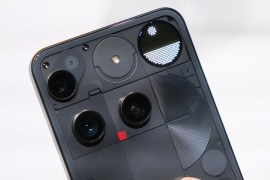Vivo X100 Pro review: Twice as Zeiss
Floating lens periscope delivers near perfect portraits
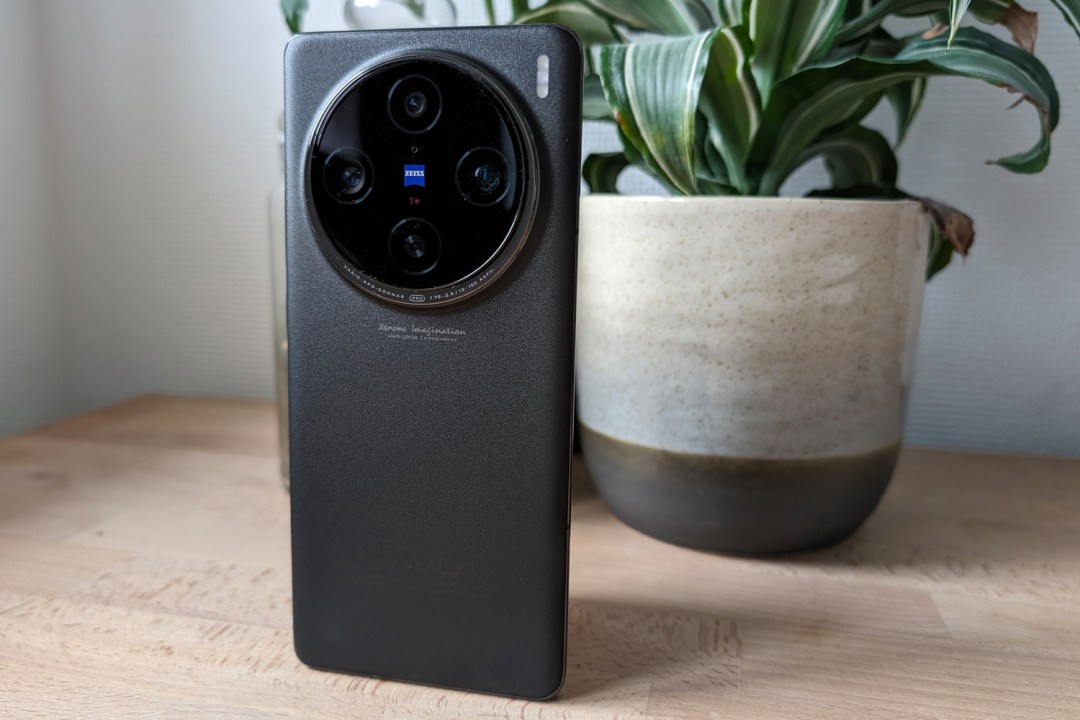
Stuff Verdict
Another astonishingly capable cameraphone flagship from Vivo, which will sadly remain forbidden fruit for most Western audiences. The X100 Pro is also powerful, long-lasting and has a superb screen.
Pros
- Fantastic rear camera trio excels in all almost every setting
- Flagship-grade performance and battery
- Exceptionally bright AMOLED screen
Cons
- Worldwide availability is spotty at best
- Selfie camera lets the side down just a little
Introduction
Anyone that takes snapping on their smartphone seriously should have Vivo on their radar. Year after year, I’ve been blown away by the firm’s X series flagships – and the Vivo X100 Pro has done it all over again, though a combination of top shelf sensors, nuanced image processing and a helping hand from lens experts Zeiss.
This is a phenomenally capable cameraphone, with a floating periscope telephoto that might just make it the best around for zoom and portrait shots. Its talents don’t just lie in photography, either. There’s an oversized battery, rapid charging and an absurdly bright display, while power comes from MediaTek’s latest and greatest Dimensity CPU.
That might make it a black sheep among 2024 flagships, which I expect will favour Qualcomm silicon. The Vivo X100 Pro won’t be easy to get hold of in all territories, either. But I still feel it’s absolutely worth your attention.
How we test smartphones
Every phone reviewed on Stuff is used as our main device throughout the testing process. We use industry standard benchmarks and tests, as well as our own years of experience, to judge general performance, battery life, display, sound and camera image quality. Manufacturers have no visibility on reviews before they appear online, and we never accept payment to feature products.
Find out more about how we test and rate products.
Design & build: circle gets the square
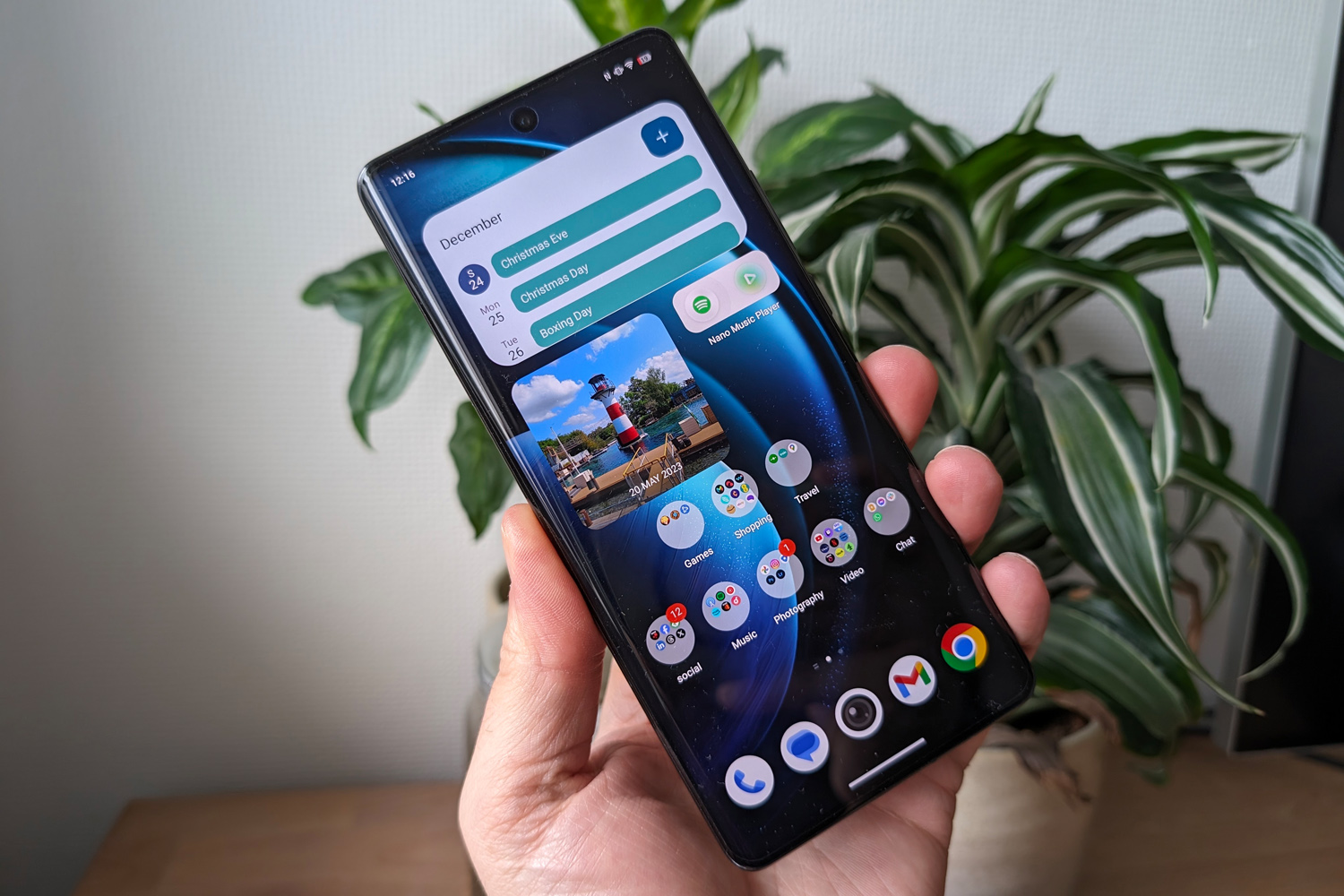
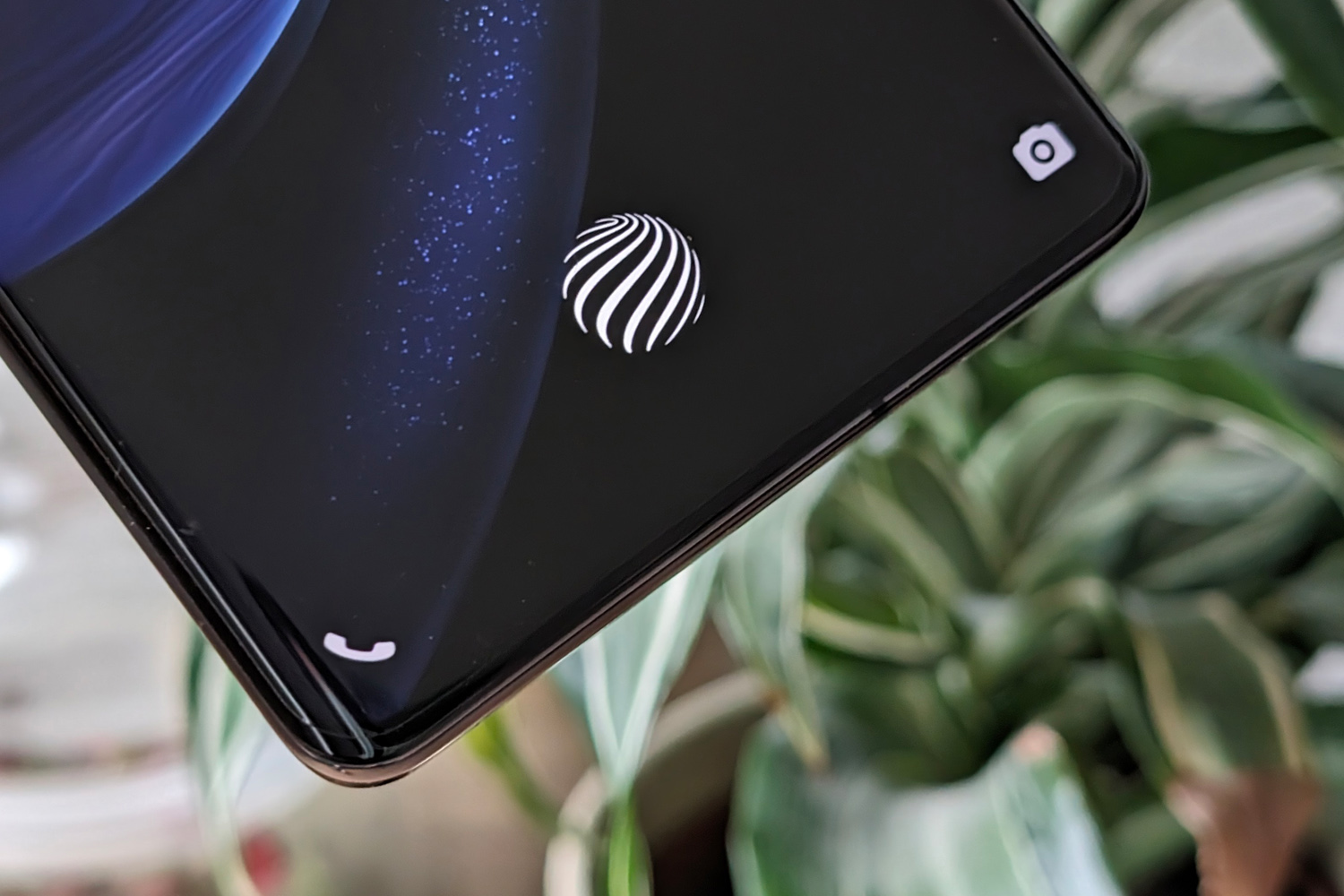
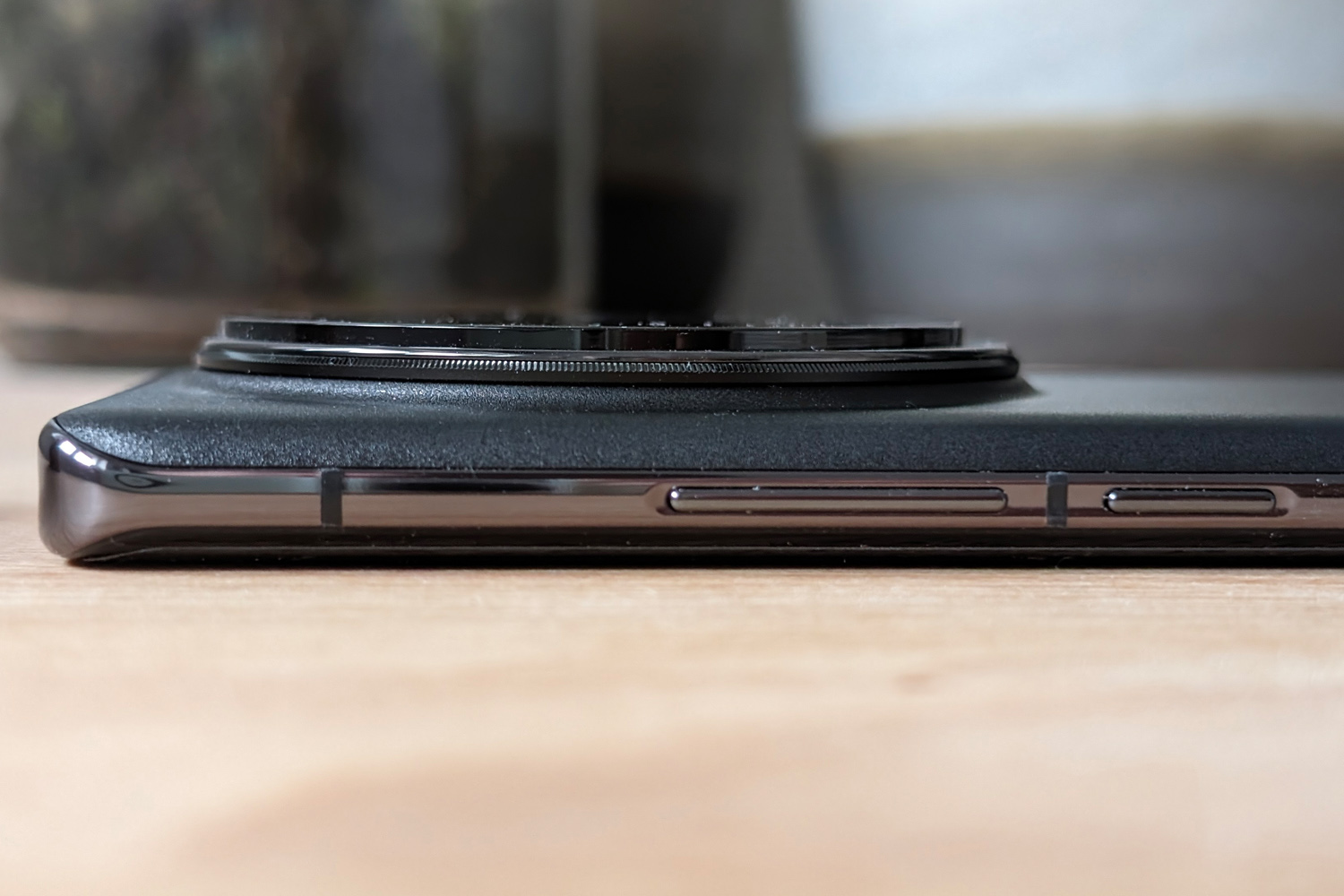
In case that introduction didn’t make it clear how important photography is to the Vivo X100 Pro, one look at its frosted glass rear will give the game away. The circular camera bump is absolutely gigantic, protruding out a long way from the main phone body and proudly wearing the Zeiss logo in its centre.
Elsewhere there’s been a subtle glow-up compared to last year’s Vivo X90 Pro, with less distracting metal trim at the back and slimmer screen bezels up front. The firm hasn’t managed to shake its obsession with the “Xtreme Imagination” logo, which returns in distracting cursive font beneath the camera module. The regulatory labels near the bottom are also a bit messy, but the “Professional photography” label on the top edge is a little more subtle. This is otherwise a sharp-looking handset.
My Asteroid Black sample has a frosted, almost glittery glass rear that does a great job of hiding fingerprints. It doesn’t provide a lot of grip, though. The bundled rubber case provides more purchase. Startrail Blue will also be going global, but the white glass and orange vegan leather versions are staying China-only for now.
I know curved edge screens aren’t to all tastes – 2023 even saw several high-profile brands ditching them for flat glass. Vivo has at least kept the X100 Pro’s curves subtle.
The under-display fingerprint reader is fast and accurate, but it sits rather close to the bottom edge of the phone. With so much weight at the top on account of the camera module, I found it tricky to unlock one-handed while keeping a firm hold. That’s partly because this is a beefy handset, weighing in at a substantial 225g.
IP68 water resistance isn’t quite a given for a flagship phone, but i’d be disappointed not to see it. Thankfully Vivo has delivered. There’s also an IR blaster, which is still a common sight on phones destined for the China market but lesser-spotted here in the West.
Screen & sound: shine on
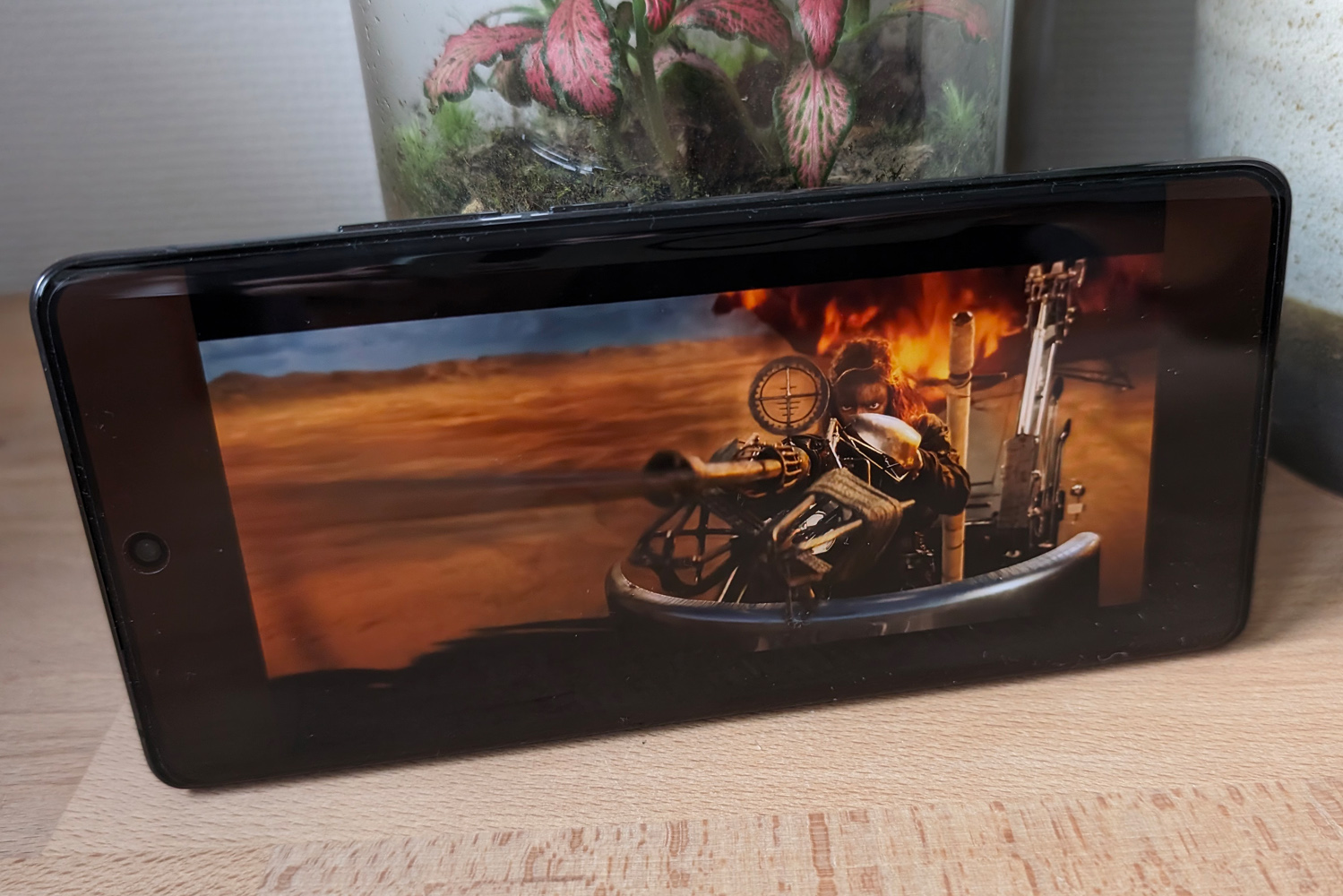
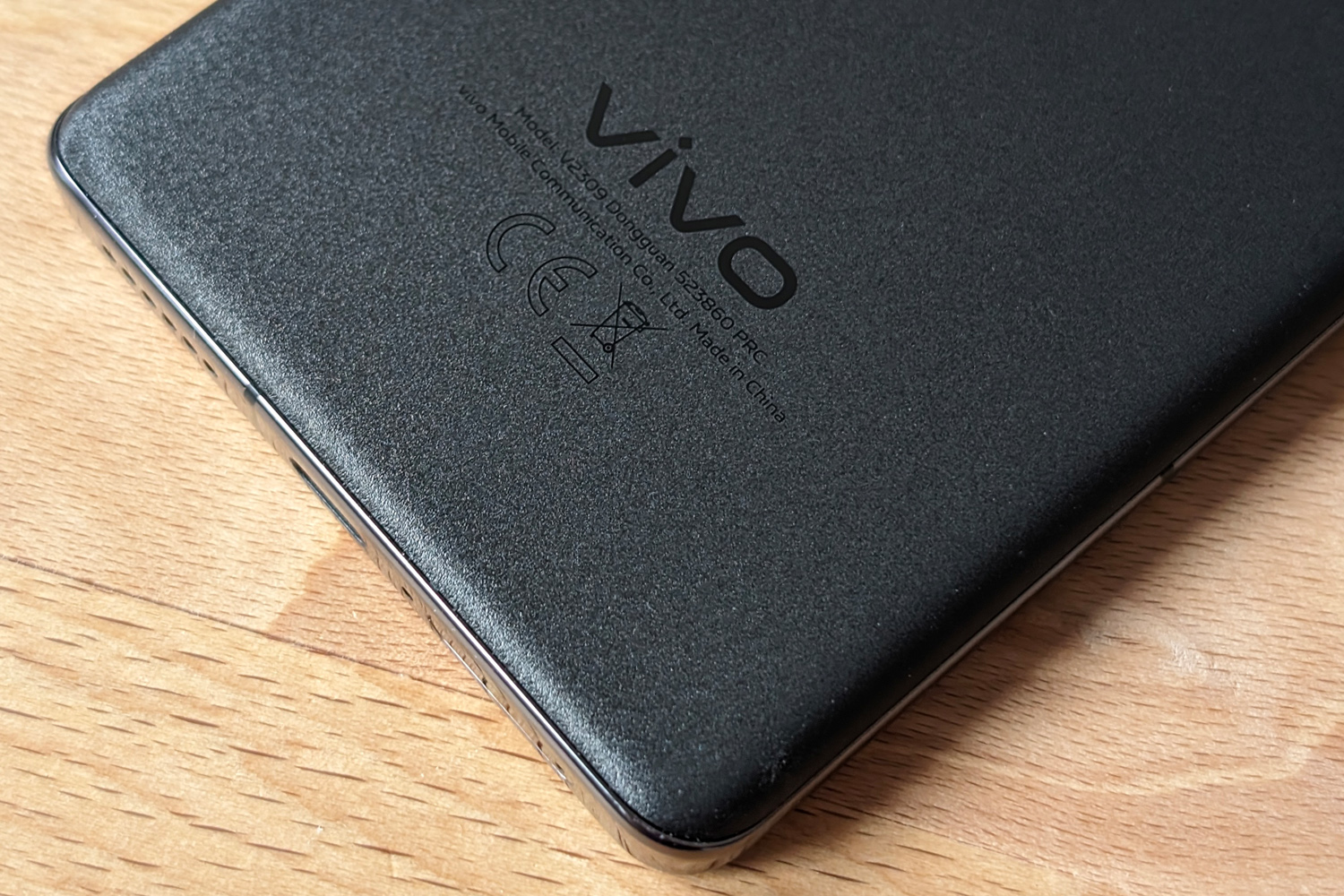

Stop me if you’ve heard this one before. A 6.78in AMOLED display with curved edge glass, a slightly obscure 2800×1260 resolution and a 120Hz adaptive refresh rate using LTPO tech put the X100 Pro on level pegging with last year’s X90 Pro. That phone had a rather sublime screen, though, so I’m happy to see it largely return intact.
Colours are vibrant, contrast is all but infinite, and viewing angles are excellent. Videos and images have stunningly deep shadows, while HDR10+ support means highlights are super impactful on supported content. There’s not as much colour customisation as I’ve seen on previous Vivo phones, with just a handful of presets, but the adaptive setting does a great job at balancing things to suit the ambient lighting.
Refresh rate is set to dynamic out of the box, with 60Hz and 120Hz options if you want it. Both still drop down when the screen shows static content, though, so I was happy to stick with the default. Swipes, scrolls and movement felt suitably smooth in every app I used.
Vivo has also boosted panel brightness significantly this time around, with a claimed 3000 nits peak being up there with the best smartphones. I don’t think it’s quite that dazzling in regular use, but still got bright enough that I could clearly see it while outdoors. A dreary December in the UK isn’t the best test of sunlight, admittedly, but it held up just as well as the Google Pixel 8 Pro I’d been using previously.
Sound-wise there’s a downfiring main speaker and an earpiece tweeter to handle the higher frequencies. It gets properly loud, with a clear presentation that works perfectly for podcasts or catching up on YouTube clips. There’s no real bass presence, which isn’t surprising for a smartphone.
Cameras: ready for my close-up
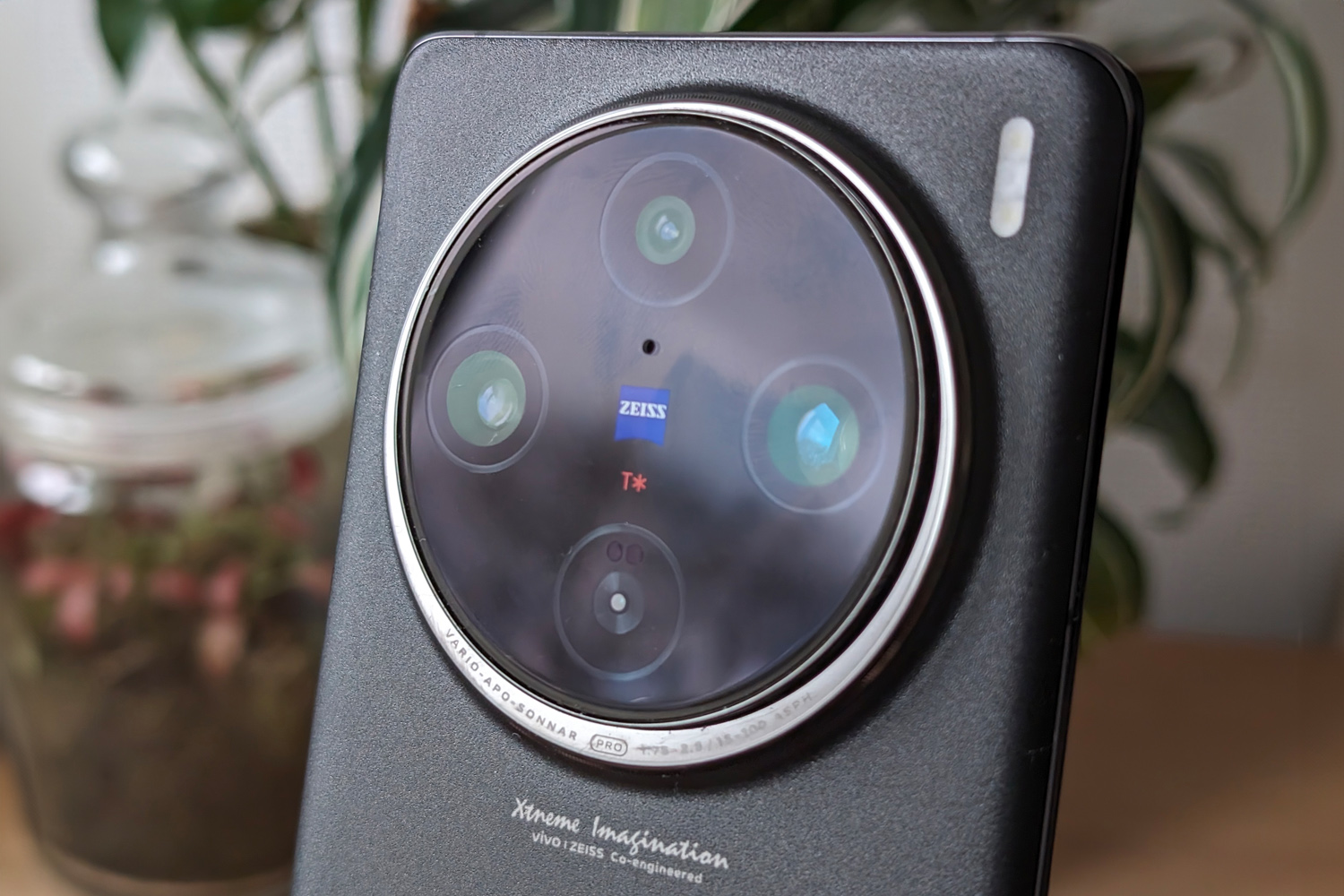
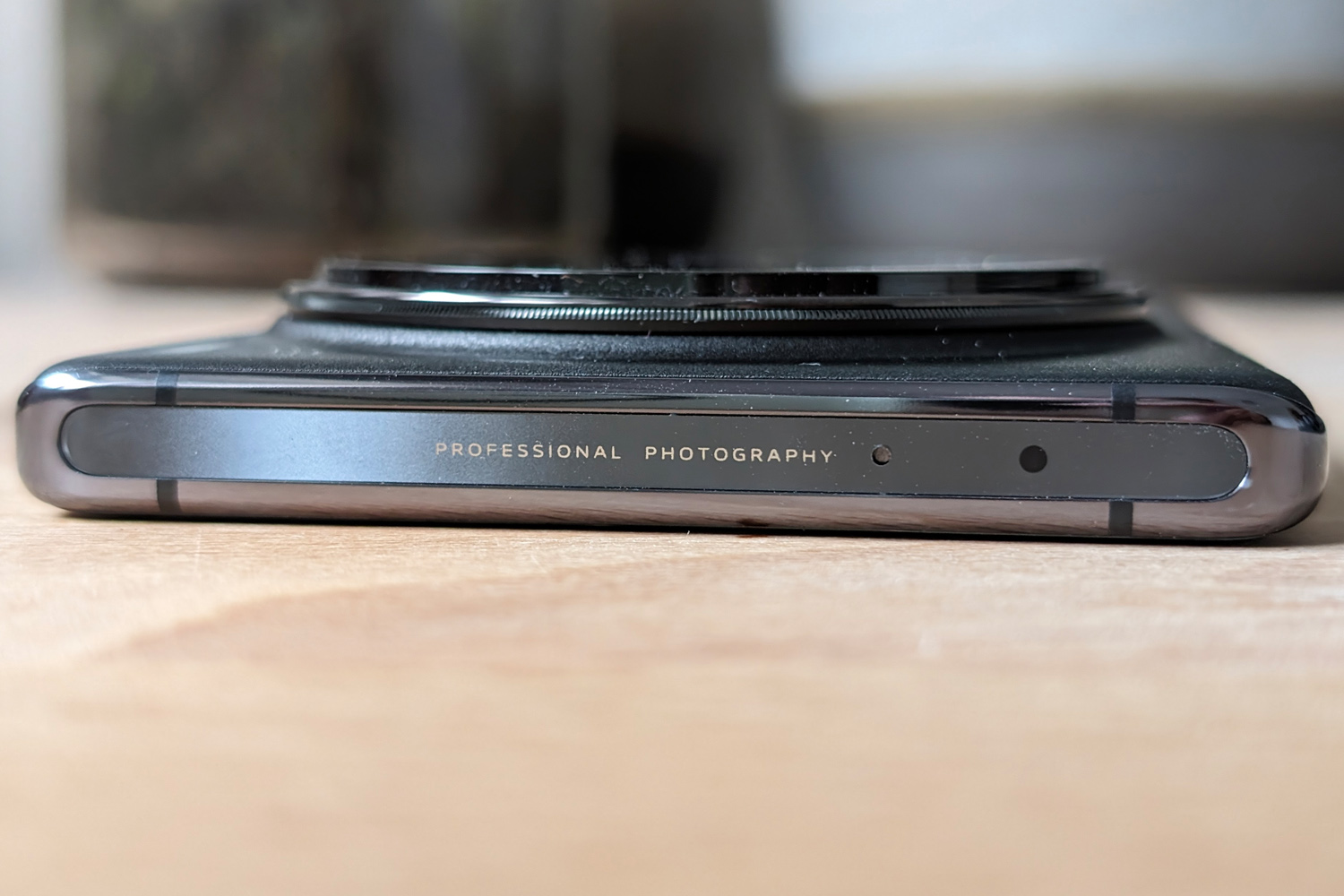
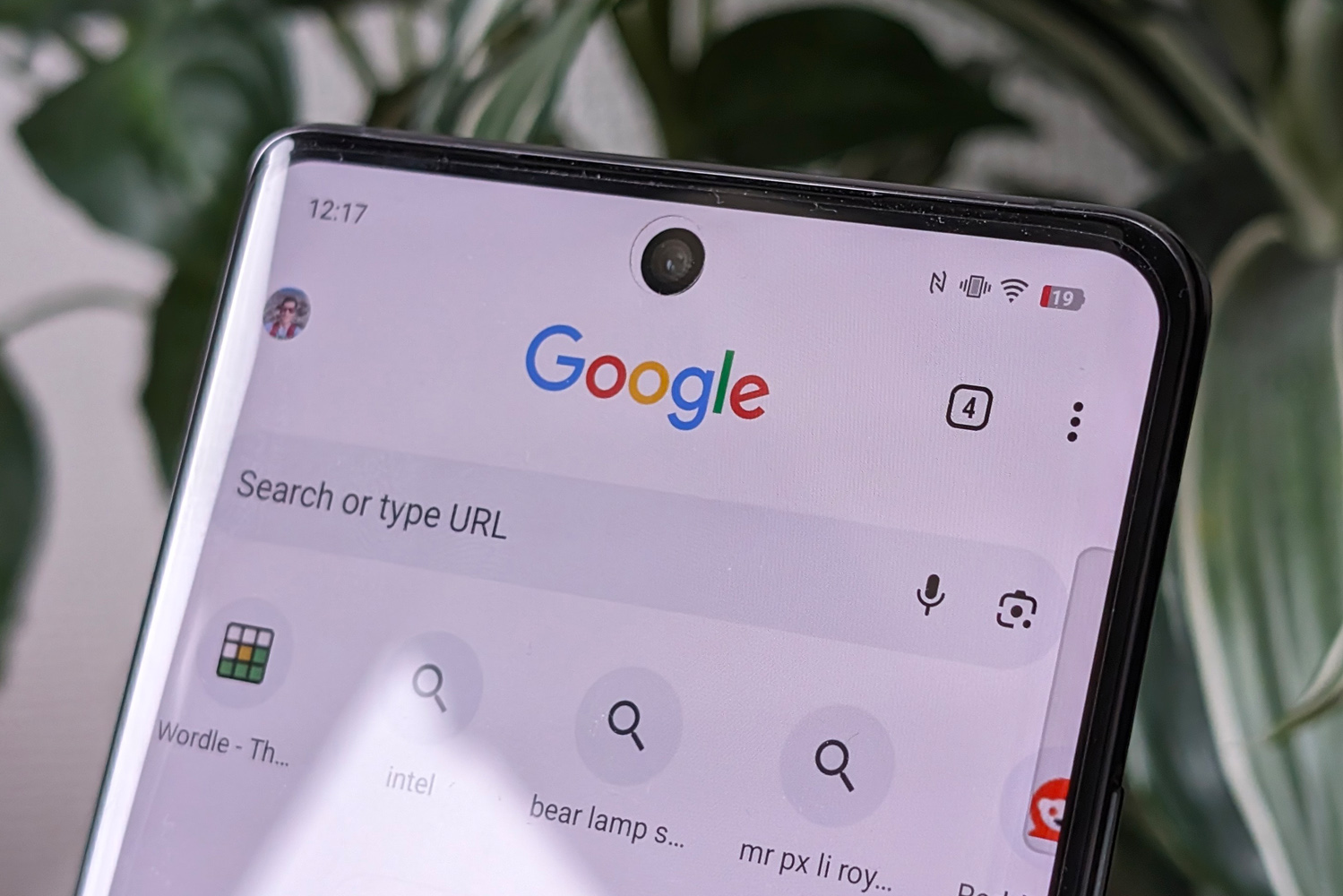
That a lead snapper with an oversized 1in sensor isn’t even the X100 Pro’s biggest photography talking point is crazy. Instead, that honour goes to the 50MP ‘floating lens’ periscope telephoto, which provides 4.3x optical zoom with 4.5 stops of optical image stabilisation, at a fast f/2.5 aperture. Everything is then handled by Vivo’s excellent software algorithms, which have quietly been up there with the best smartphones for some time, via a dedicated co-processor.
That all translates to outstanding performance, in virtually all lighting conditions. The 100mm equivalent focal length gets you usefully close to your subjects, while maintaining a good amount of bokeh blur – without relying on software. 10x zoom is perfectly usable during the day. Portraits in particular can be jaw-dropping, even before experimenting with the Zeiss-flavoured blur styles that reproduce the look of specific lenses. Low light isn’t a problem, for the most part, with loads of detail on show without much in the way of image noise.
It works brilliantly as a macro camera, with an 18cm focus distance meaning you don’t need to be right in front of your subject to capture fine details. 4.3x zoom works brilliantly in all lighting conditions, while the cropped 8.6x setting holds up better when fed plenty of light.



















The 1in main sensor is more of a known commodity, having impressed me greatly on last year’s Vivo X90 Pro. It’s just as, if not more capable here, with a more advanced Zeiss T* lens coating that keeps reflectivity at bay. Daylight photos are exceptional, with loads of dynamic range to give plenty of shadow depth as well as highlight detail. White balance is almost always spot-on, with Vivo’s colour treatment leaning more towards realistic than Samsung’s more vivid approach.
Like all 1in smartphones, the closer you get to your subject the more prominent the depth of field effect. If you’re a fan it’s fantastic, but it can make using your phone as a document scanner a little tricky.
At night, the automatic low light mode delivers equally impressive snaps. Noise is kept to a minimum, white balance stays on the right side of realistic even when faced with overly yellow street lights, and there’s loads of detail. The darkest scenes reveal where the image processor has to bump up the sharpening to squeeze out definition, but I still put it up there with the best Google, Samsung or Apple can manage in the same conditions.




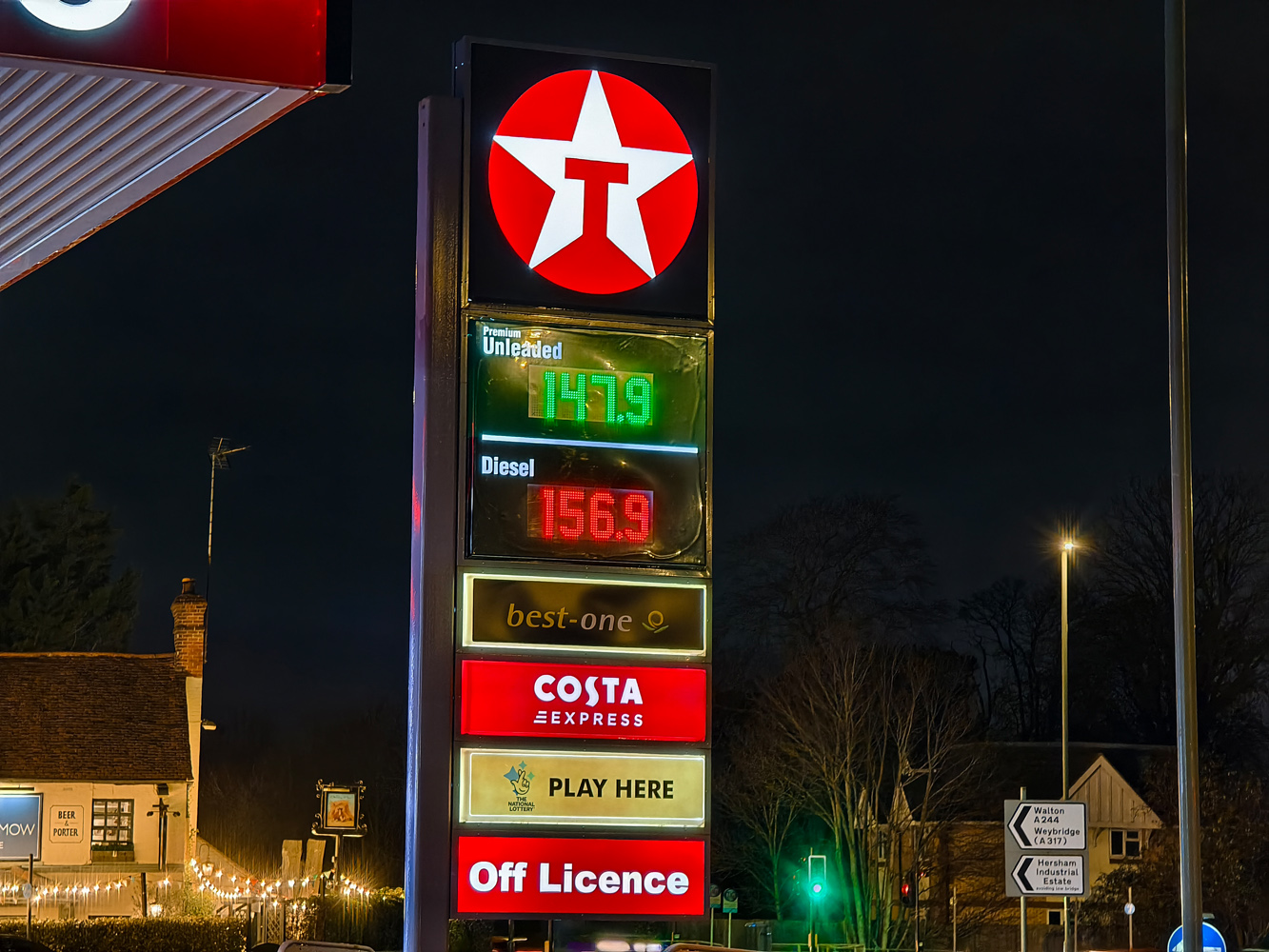
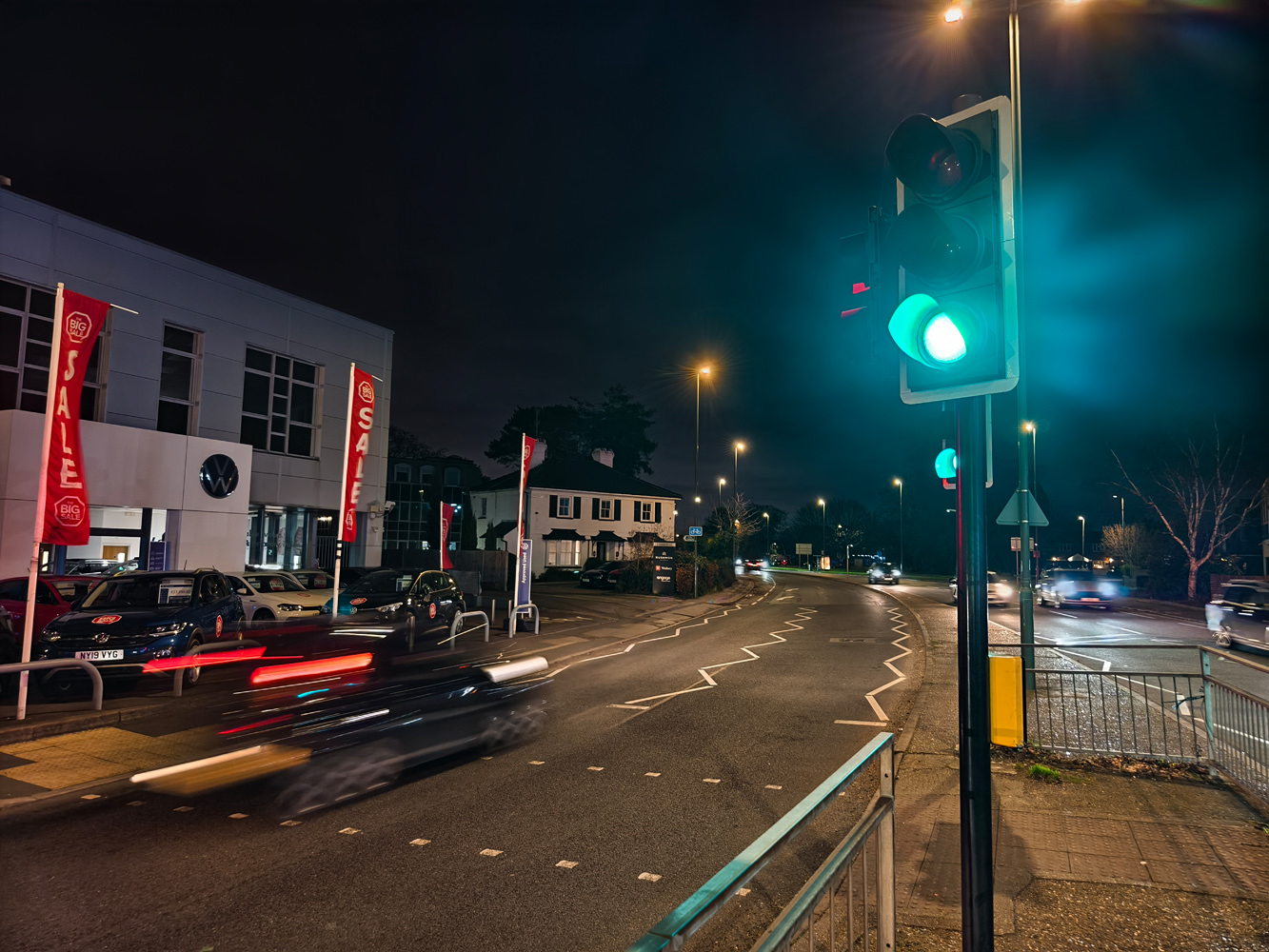
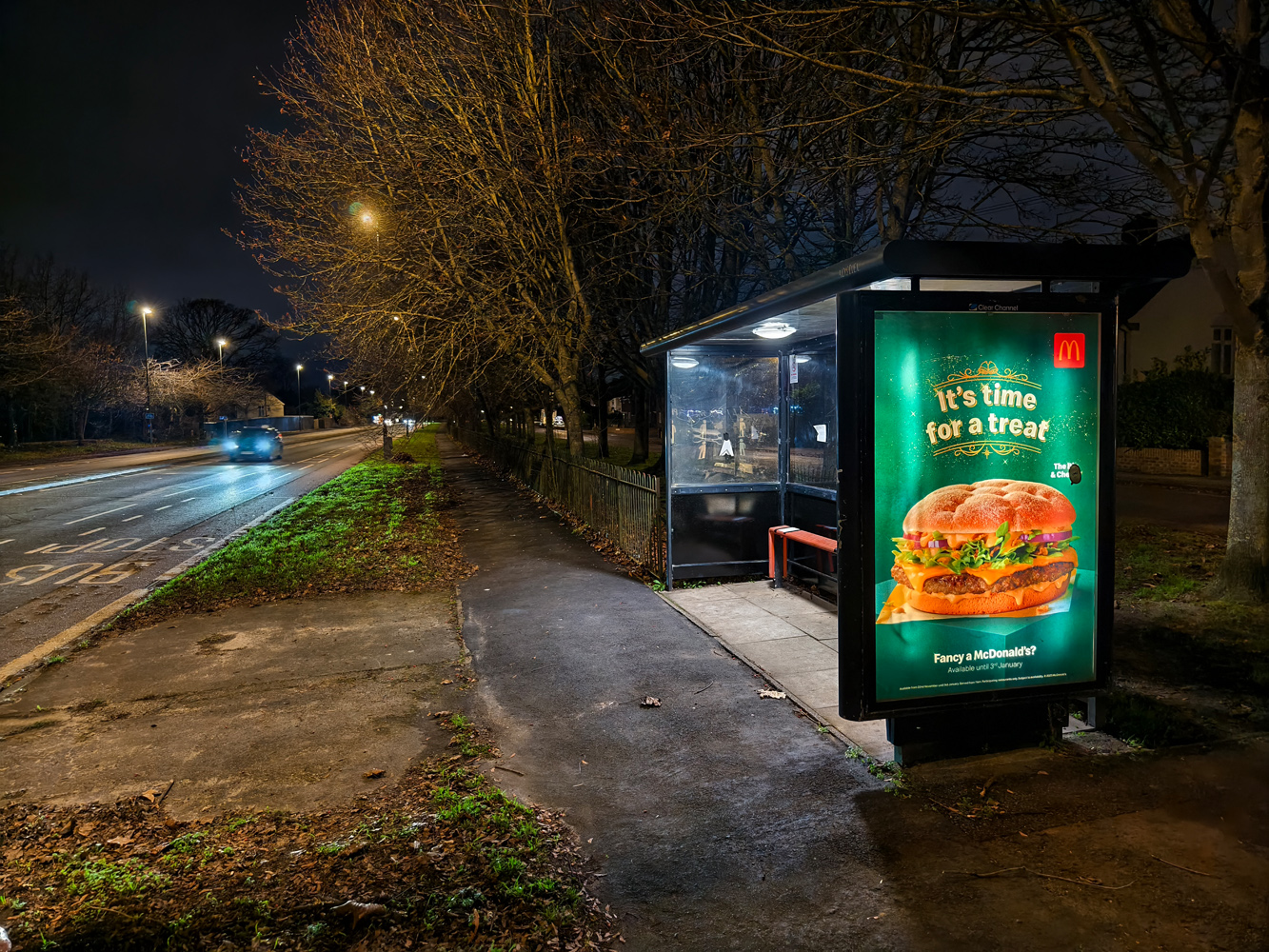
I’ve seen phones with a wider field of view than the 119-degree ultrawide lens used here, but it otherwise delivers the goods. The sensor has a high 50MP pixel count and autofocus. Detail, colour, exposure, dynamic range and noise handling are all excellent.
Software experience: a whole lot of fun
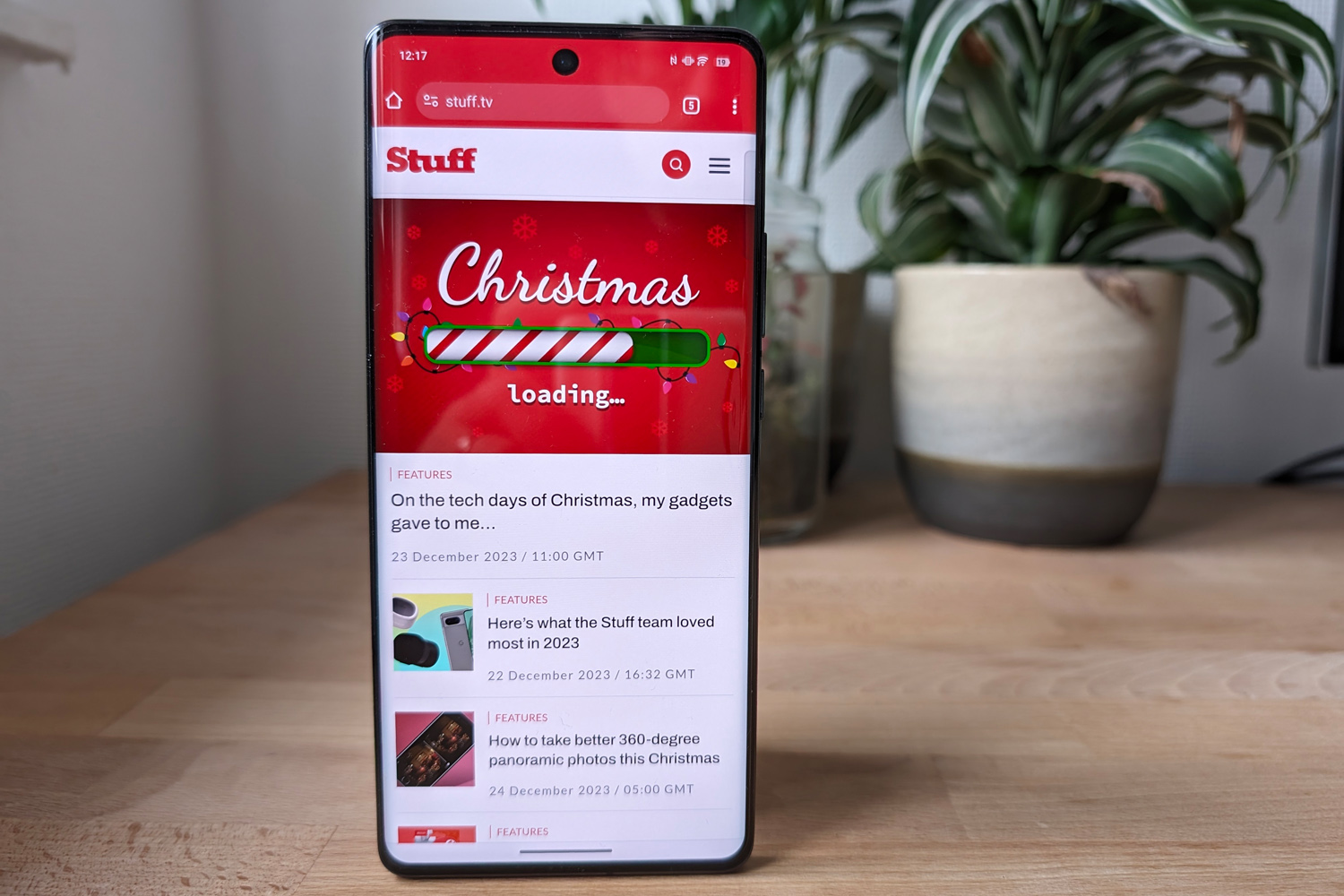
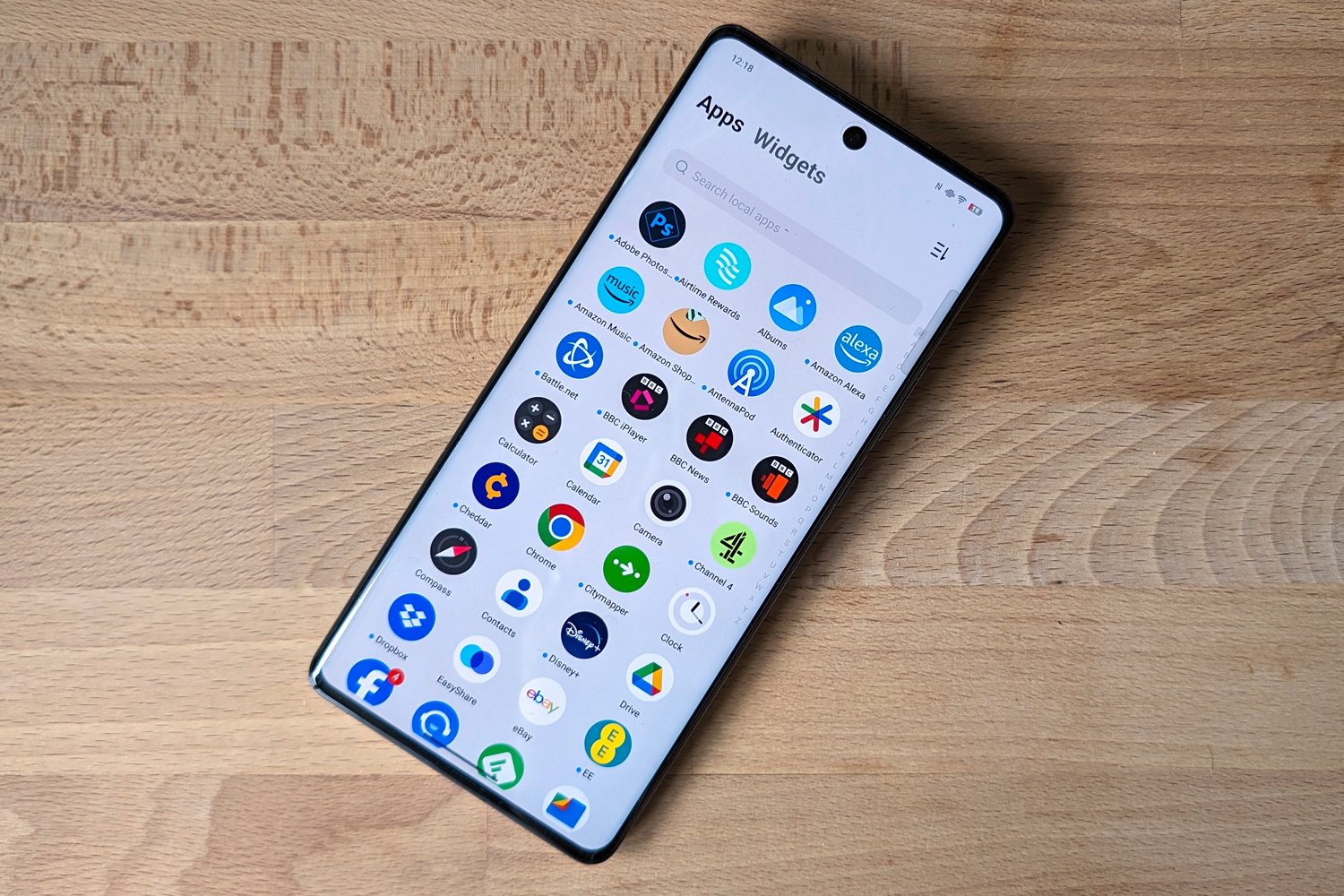
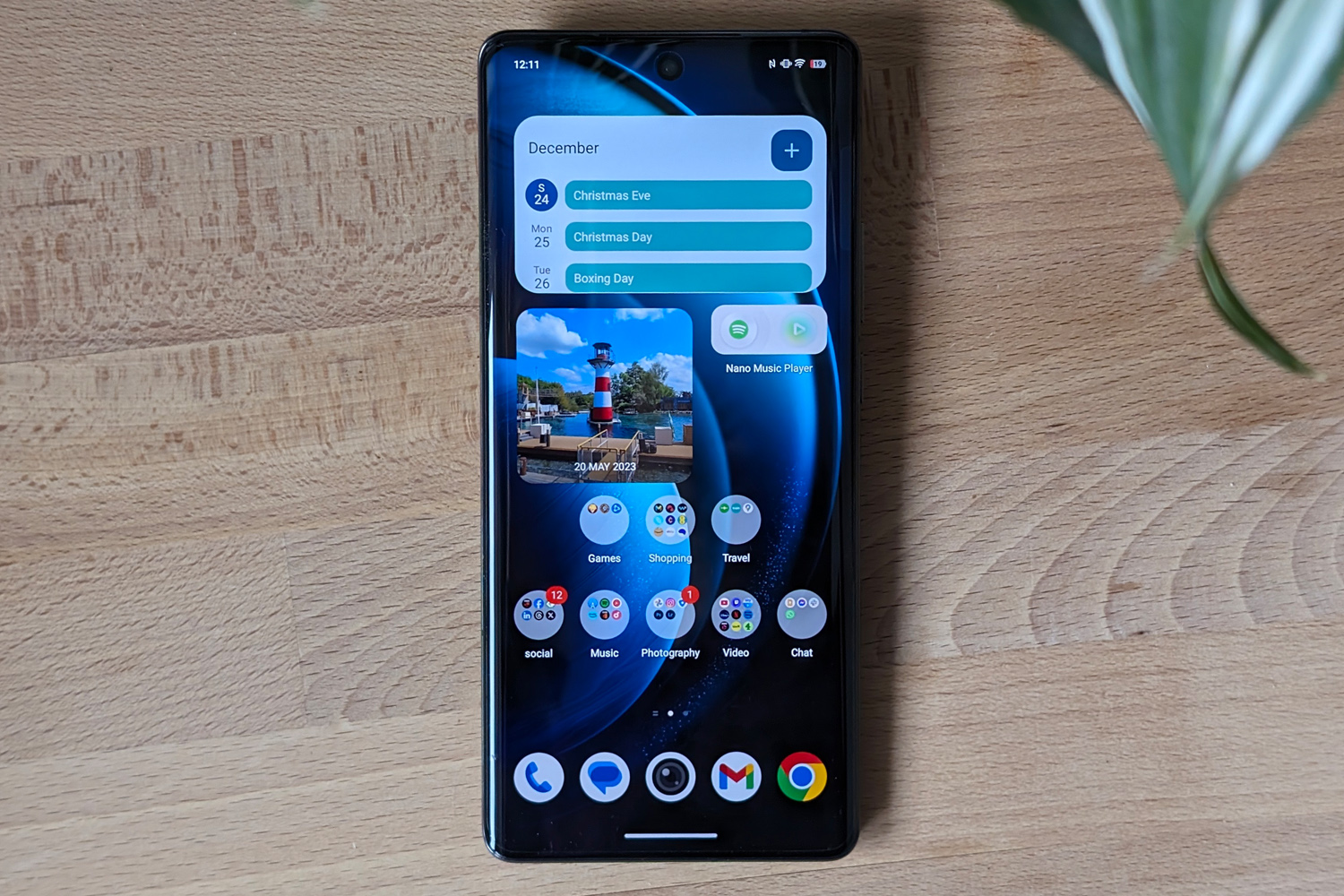
Depending on where in the world you buy it, the Vivo X100 Pro ships with one of two takes on Android. China gets OriginOS, while everywhere else has Funtouch OS 14. Both sit on top of Android 14, with three generational updates and four years of security patches promised.
There’s plenty of scope for customisation, with a wide selection of homescreen widgets, always-on display options, and dynamic animation effects. A pop-out sidebar also makes it a little easier to launch two apps in split screen, but I couldn’t find a way to save specific app pairings. The Quick Settings menu feels just like vanilla Android, and Google Discover is just a swipe away from the homescreen.
Even better, Vivo has managed to strip the pre-installed bloat right back this year. Now there’s just a handful of own-brand apps that duplicate Google’s own, and no third-party rubbish. Compared to the outgoing Vivo X90 Pro it’s a night and day difference.
Performance: top shelf power
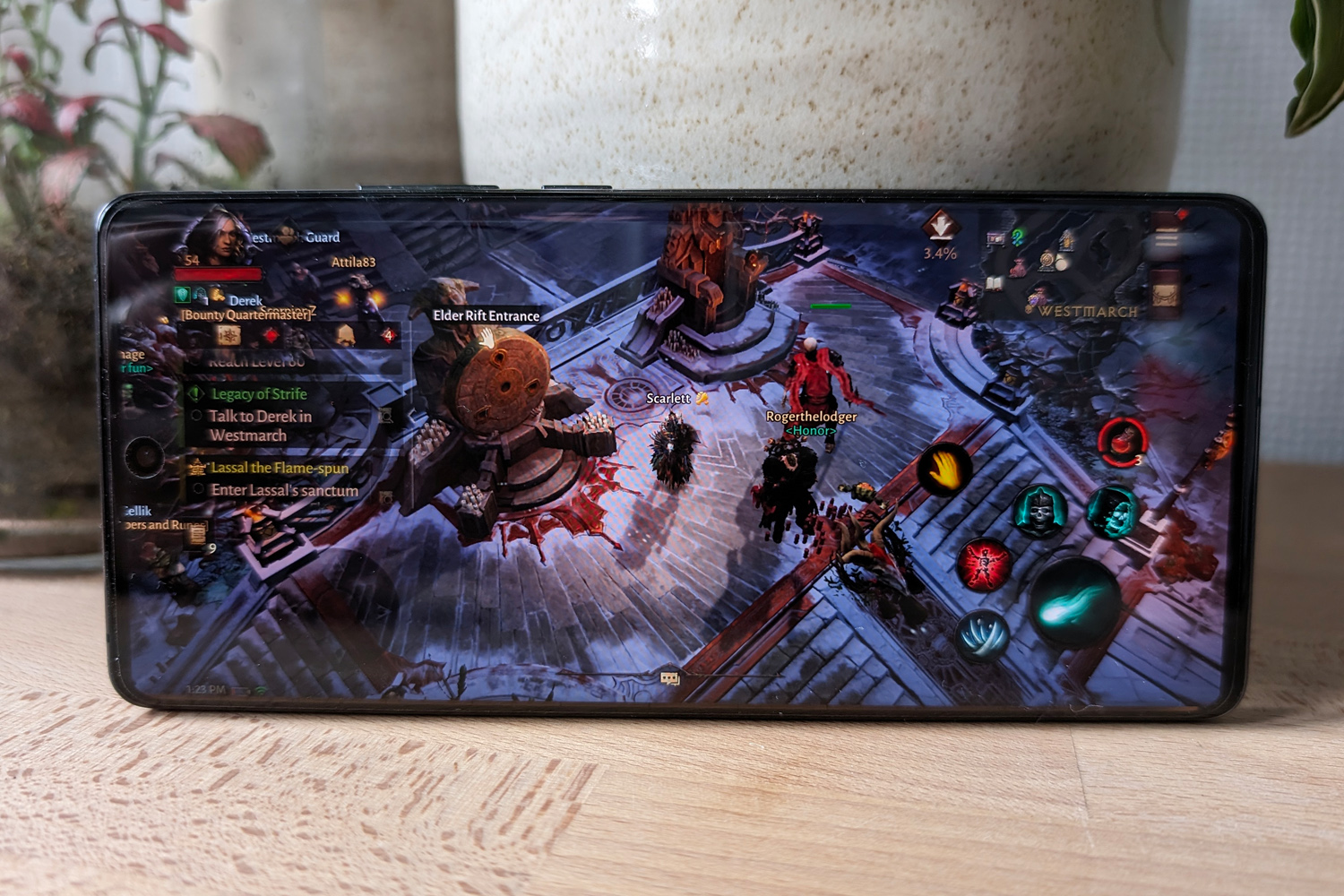

MediaTek might’ve played second fiddle to Qualcomm for a while now, but I think 2024 could be the year that changes. Based on my time with the Vivo X100 Pro, the Dimensity 9300 chipset is an absolute monster. The octa-core chip either keeps pace or marginally bests Snapdragon 8 Gen 3 in artificial benchmarks, which translates to delightfully fast performance in Android.
Apps open instantly, games load in a flash (thanks in part to 16GB of speedy LPDDR5X memory), and multi-tasking was never a concern. It’s faster than any Android phone launched in 2023, and in some cases twice as fast as MediaTek’s last-gen flagship CPU. Those are some serious gains.
Even better, there are no concessions made when it comes to gaming. I was able to play all my favourite native Android games at the highest detail settings and consistently smooth frame rates. Titles that supported it had a much better chance of reaching the phone’s 120Hz maximum refresh rate, too.
The phone does warm up with extended use, with sustained performance dipping over time, but not to any significant degree – and no more than I’ve seen from Snapdragon-powered phones.
Battery life: the new normal
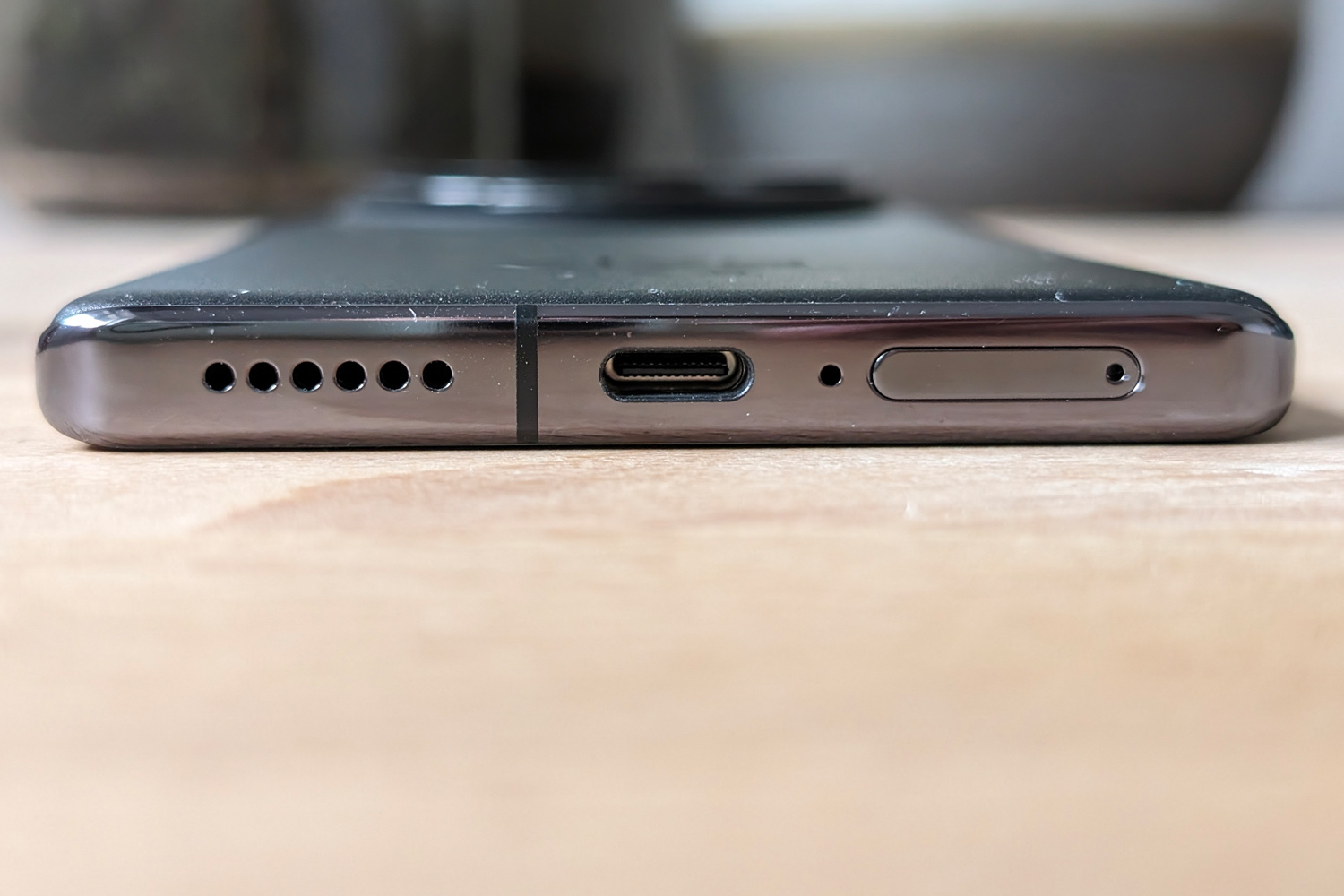
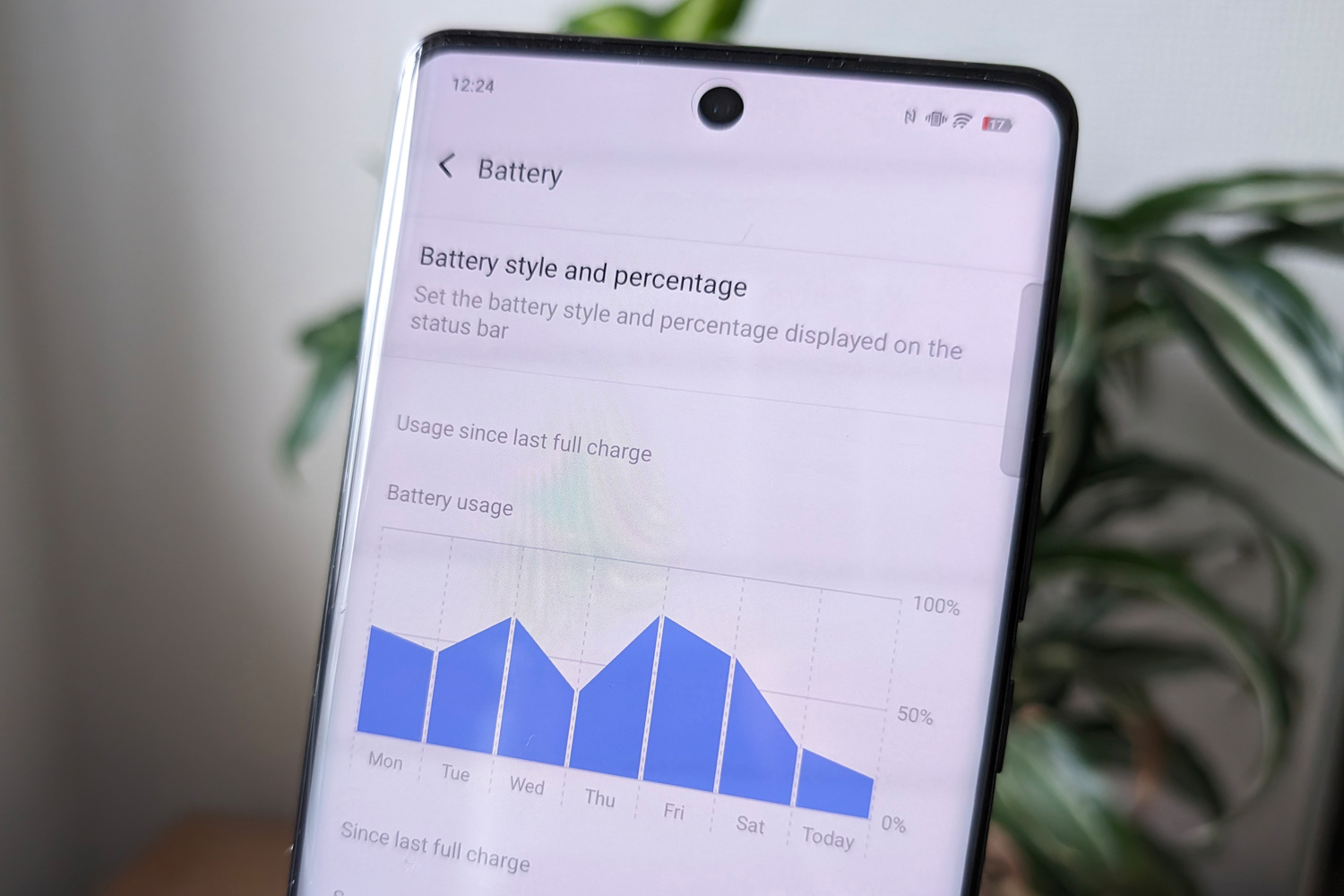
Despite the high-end internals, I was blown away by the X100 Pro’s staying power. That’s largely thanks to the hefty 5400mAh battery, which is a substantial increase over the 5000mAh found in most Western flagship phones. It’s comfortably good enough for all-day use, even with liberal use of the camera, video playback, music streaming and a bit of gaming thrown in for good measure.
Even when I got sucked down a Diablo Immortal wormhole, I managed to last longer than any Samsung, Google or OnePlus phone managed in 2023. Expect this year’s flagship launches to ship with similarly capacious batteries, so the gap won’t be wide for long, but right now only Apple’s latest Pro-grade iPhones and their power-sipping A17 Pro silicon manage to last substantially longer.
Charging is equally impressive, if not that fastest I’ve ever seen in a phone. Vivo includes a 120W charger in the box, but the phone itself is rated for 100W over USB-C. That means a full refuel takes half an hour, and a 15 minute dash charge is good for over 50%. Wireless charging officially maxes out at 50W, and while I didn’t have a powerful enough Qi pad to confirm, it worked flawlessly with my lower wattage pad.
Vivo X100 Pro verdict

It’s powerful, comfortably lasts all day, and has an exceptionally bright screen – but then so does every new flagship phone. What sets the X100 Pro apart is those fantastic rear camera sensors. Portraits and zoom shots look truly fantastic, and the 1in main sensor remains a force to be reckoned with. I put it up there with the phone world’s best for detail, depth blur and overall presentation, in just about any light.
I can’t ignore the fact that most Stuff readers are going to find it hard to get their hands on a Vivo X100 Pro, though. Unless you hail from India, Thailand, Malaysia, Hong Kong or Taiwan, you’ll need to import one. That’s a lot of hassle when you could waltz into any local electronics store and walk out with a Google Pixel 8 Pro, iPhone 15 Pro or Samsung Galaxy S23 Ultra – all exceptional camera phones in their own right.
I’m awarding top marks with that very strong caveat. If you can acquire one, though, you’ll be pleased as punch with its photographic abilities.
Stuff Says…
Another astonishingly capable cameraphone flagship from Vivo, which will sadly remain forbidden fruit for most Western audiences. The X100 Pro is also powerful, long-lasting and has a superb screen.
Pros
Fantastic rear camera trio excels in all almost every setting
Flagship-grade performance and battery
Exceptionally bright AMOLED screen
Cons
Worldwide availability is spotty at best
Selfie camera lets the side down just a little
Vivo X100 Pro technical specifications
| Screen | 6.78in, 2800×1260 AMOLED w/ 120Hz, 3000nits |
| CPU | MediaTek Dimensity 9300 |
| Memory | 12/16GB |
| Cameras | Rear: 50MP, f/1.8 main w/ laser AF, PDAF, OIS 50MP, f/2.0 ultrawide w/ AF 50MP, f/2.5 periscope telephoto w/ PDAF, OIS, 4.3x optical zoom Front: 32MP, f/2.0 |
| Storage | 256GB/512GB/1TB |
| Operating system | Android 14 w/ Funtouch 14 |
| Battery | 5400mAh w/ 100W wired, 50W wireless charging |
| Dimensions | 164x75x8.9mm, 225g |



